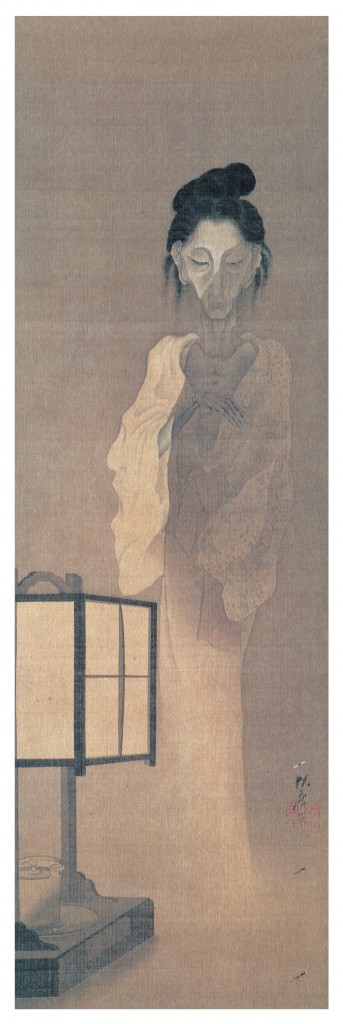The National Police Agency announced recently that there were total of 44 human trafficking cases confirmed by police across Japan in 2012, and a dramatic uptick in the number of domestic trafficking cases.
The numbers of victim were 27 in all. However, what was unusual was that among them a total of 11 Japanese women were recognized as victims of human trafficking, including forced prostitution.
All of the victims were born and raised in Japan, and the number of such victims was the largest since 2001, at least. The numbers did not include the hundreds of Child Welfare Law violations in which underage girls were found working, often under duress, in sex shops and adult entertainment facilities.
The Japanese government has been reluctant to recognized cases of sex-slavery involving Japanese women up to now. There have only been a handful of cases in which the anti-human trafficking laws were applied to arrest and convict criminals who preyed up on Japanese women.

An increasingly emerging pattern for enslaving young Japanese girls involves a four-party system—a system designed to make the victim a virtual debt serf but also makes it hard for the police to prosecute as sex trafficking crime.
Scouts finds girls who have run away from home or whom are having family troubles and get them to visit a host club. The girls build up a huge tab after being told they can drink for free. In order to pay off their debts, the host club introduces the girl to a loan shark, who gives her the money to pay the debt (bar-tab). The girl is then introduced to a sex club by the loan shark so she can pay off her new debts, which also accrue interest quickly. The scout, the host club, the loan shark and the sex-club are often backed by one organized crime group and working together.
The Polaris Project Japan*, an anti-trafficking and awareness raising NPO located in Tokyo, has long argued that the Japanese government’s failure to take statistics on probable human trafficking cases, or coordinate information sharing between the multiple agencies results in an artificially low number of reported cases. Human trafficking cases, depending upon the circumstances in which the authorities become involved, may be handled by the Ministry of Justice, Immigration, Customs, or the Community Safety Division, the Community Security Division, the Organized Crime Control Division, or the Crimes Against Youth Division in local and prefectural Police Departments. There is little information sharing between the various divisions and agencies and little or no effort made to proactively identify trafficking victims. For many years, child abuse cases in Japan were also very low until reporting suspicious incidents became compulsory across the board.
*Jake Adelstein, chief editor of JSRC, is a board member of Polaris Project Japan.

I remember going to Purdue, I wrote a paper about human trafficking in East Asia. I came across one source on JSTOR that gave some figures for the number of women trafficked every year. Some years the country was actually dominating the east Pacific trade in numbers; and this particular source was the early, mid eighties IIRC.
What ultimately happens to all these women that flow through Japan? You hear about all the children and teenagers brought in, but nothing of what happens to them after they’ve stopped being profitable to the people who bought them.
It’s a damn good question and I don’t know the answer.
That is a very easy, but sad, answer. They disappear…
[…] Police Say More Japanese Women Becoming Human Trafficking Victims (Japan Subculture Research […]